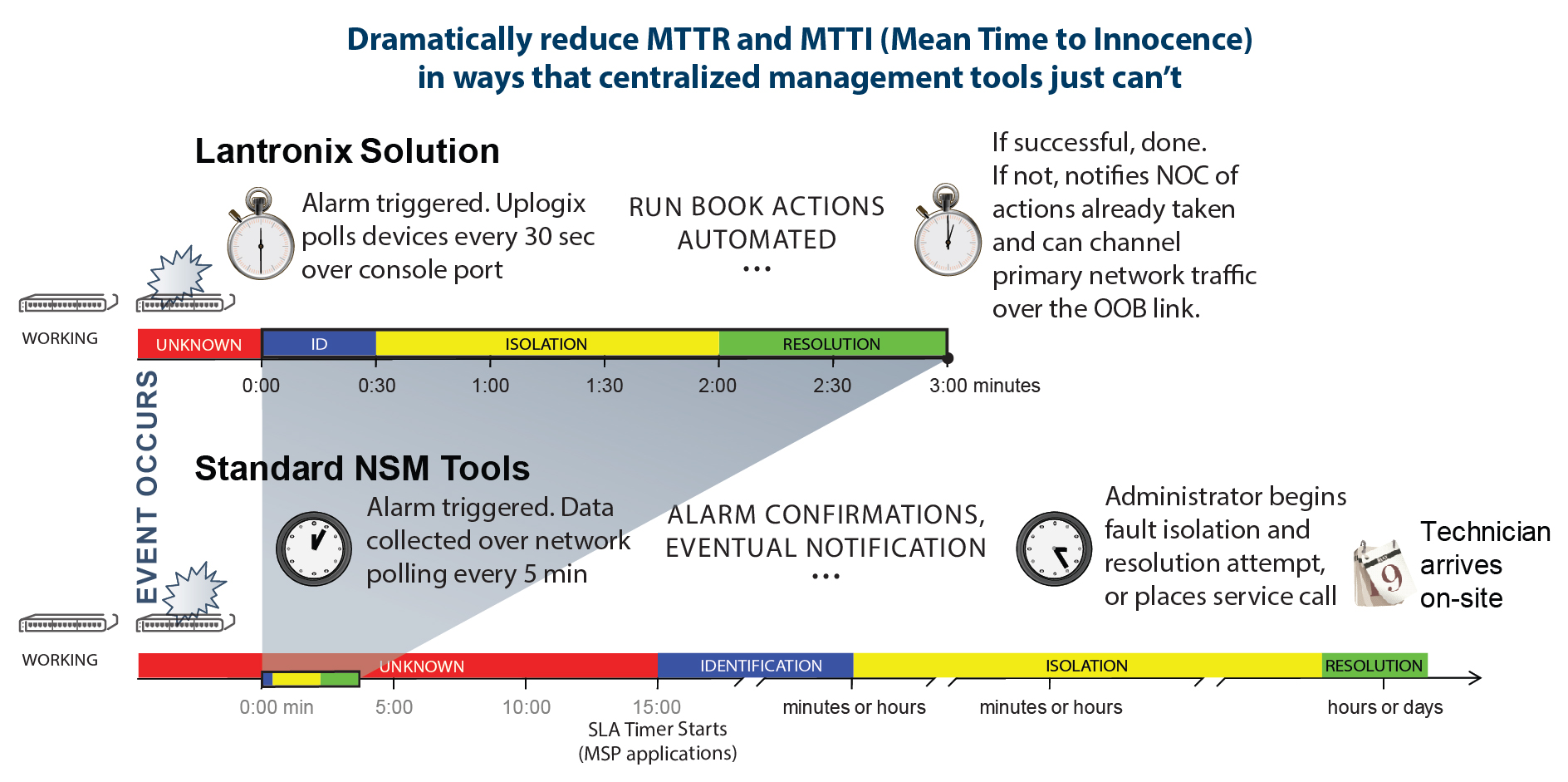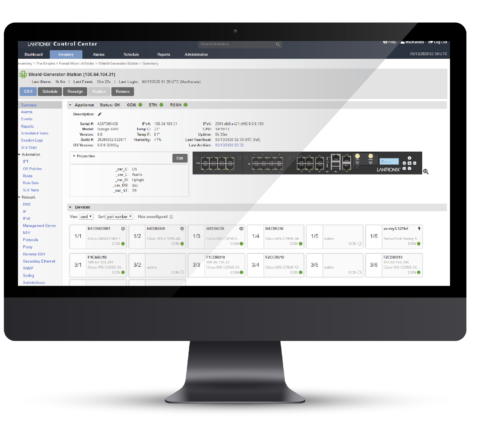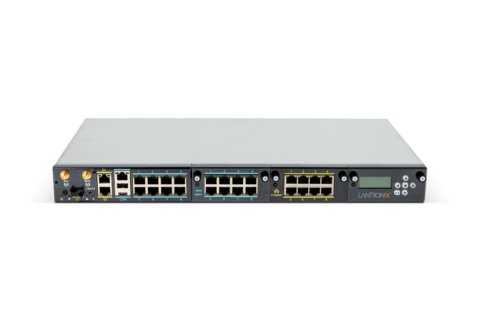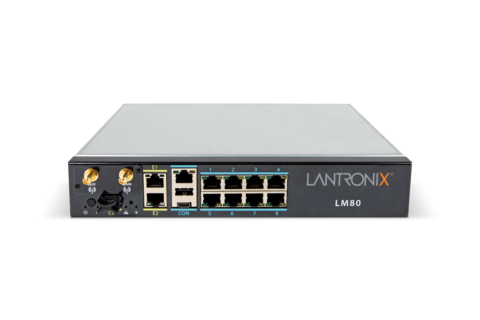AI-Driven Out-of-Band Management
Advanced Serial Console Servers Deliver Automation for Outages and Everyday Network Management
The Power of NOC-Based Network Management Software in the Rack
The Lantronix LM-Series is based on the idea (and patent!) that by deploying network management software into the rack alongside infrastructure devices such as routers, switches, firewalls, servers, etc., (basically anything with a console port), and then managing them over that serial console port would remove the weaknesses of traditional NOC-based network security management (NSM) tools. That weakness? They rely on the network itself to manage network devices.
Lantronix’s out-of-band connection removes the dependence on the network by ensuring a secondary link to network gear. It also removes management traffic from the network. Separating production and management traffic is generally considered to be a safer way to manage networks by experts who know including the Cybersecurity & Infrastructure Security Agency and the National Security Agency.
The LM-series out-of-band options are modular, enabling you to use the right fit for each site:
- Cellular (global options include LTE for bandwidth, and CatM1 for deep signal penetration)
- Dial-up
- Fiber
- Even LEO satellite over an Iridium modem
A Serial Console Server as a Platform for Network Management Automation
Lantronix’s LM-Series console servers are the fifth generation of purpose-built network management automation devices. With resilient out-of-band access, onboard processing / storage and LMOS software, the LM83X and LM80 serial console servers are deployed in enterprises worldwide ranging from ultra-secure military and financial networks to downtime-intolerant networks in healthcare and energy.
Out of the box, the LM-Series installs with zero-touch deployment including easy creation of user groups and management connections through the Lantronix Control Center. The Control Center is a single pane of glass for not only managing your LM-series devices, but also for automating management of each of the connected network infrastructure devices.
Not Just Reporting Downtime in Your Network, Recovering Automatically
Cisco defines artificial intelligence (AI) in networking as functionality “that gives computers human-like intelligence when performing a task. When applied to complex IT operations, AI assists with making better, faster decisions and enabling process automation.”
Monitoring managed devices over the console port at a default of every 30 seconds compared to traditional NSM polling frequencies of 15 minutes or longer means that when a device has an issue, the LM-series is going to know about it before the NOC. With an integrated rules engine, the LM serial console server can follow the same runbook steps as an onsite admin.
An expert system using rules-based AI to recover and mitigate network infrastructure securely, reliably, and automatically, the LM deploys in the rack with network infrastructure. Automated IPSLA tests can triage and isolate where the problem is occurring in the network. Then the LM can alarm (in-band or out-of-band to NOC tools) and take actions just like an admin. From clearing an interface, cycling power, even recovering a router in ROMmon state, all of this can happen automatically and often before traditional tools even know there is a problem. Think of it as machine-to-machine network management.

Lantronix LM-Series AI-driven console servers collect data through serial connections to managed devices. This rich diagnostic data feeds a rules-based policy engine to determine if a parameter is in or out of specification. Lantronix can then either automatically resolve the incident based on pre-approved automated operations or communicate information back to centralized IT staff through traditional NOC management tools. All of this happens in less time than most standard management tools take to find the problem and often before users even knew there was an issue.
Products



